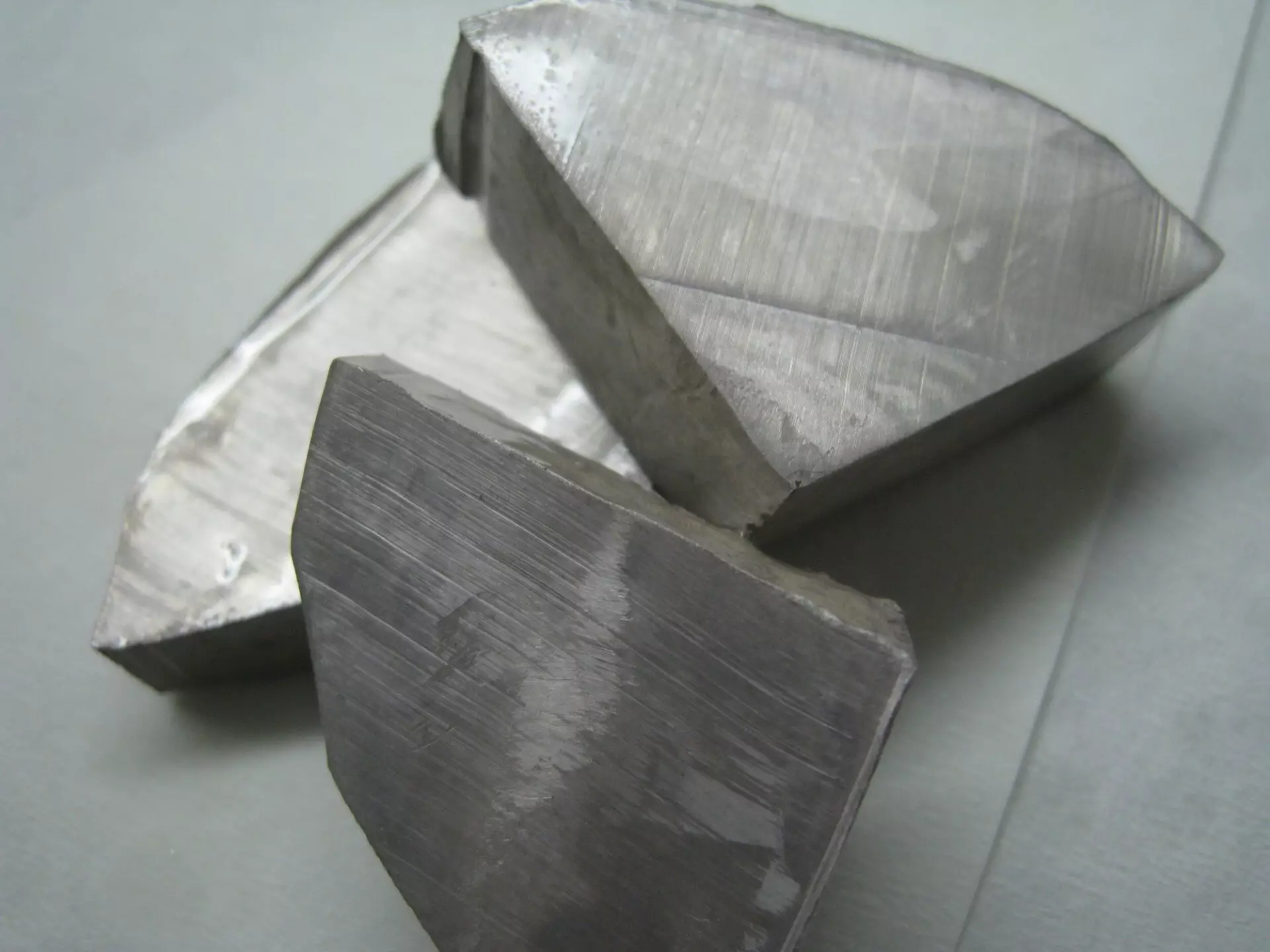Traveling deep below the Earth’s surface or venturing into the heart of the sun leads to a realm where matter undergoes profound transformations on an atomic scale. The intense pressure within stars and planets can induce metals to transition into nonconducting insulators. Sodium, for instance, metamorphoses from a lustrous, gray-colored metal into a transparent, glass-like insulator under sufficient compression. Unlocking the chemical bonding behind this high-pressure phenomenon has been the focus of a recent study led by the University at Buffalo.
Conventionally, it has been hypothesized that high pressure expels sodium’s electrons into the interstitial spaces between atoms. However, the quantum chemical calculations conducted by the researchers reveal that these electrons actually remain with their surrounding atoms and are chemically bonded to one another. Professor Eva Zurek, the co-author of the study, emphasizes that while the investigation delves into the simple question of why sodium becomes an insulator, the knowledge gained could provide valuable insights into broader scientific inquiries. For instance, understanding the interior of stars, the generation of planetary magnetic fields, and the evolutionary processes of stars and planets may be facilitated by similar research endeavors.
Building upon the theoretical predictions made by the late physicist Neil Ashcroft, the study pays homage to his influential work. Ashcroft and Jeffrey Neaton’s seminal paper two decades ago defied the conventional belief that materials always become metallic under high pressure. Their groundbreaking analysis indicated that materials like sodium can transmute into insulators or semiconductors when subjected to compression. They postulated that under extreme pressure, the core electrons of sodium, which were considered inert, would interact with both each other and the outer valence electrons.
The current study expands upon the work of Ashcroft and Neaton by connecting their physics-based understanding with chemical concepts of bonding. The lead author of the study, Dr. Stefano Racioppi, explains that the research goes beyond the previous picture painted by Ashcroft and Neaton by linking it to the chemical phenomena underlying bonding. To simulate the challenging pressure levels existing below Earth’s crust, the research team employed supercomputers at the University at Buffalo’s Center for Computational Research. Their calculations elucidated the behavior of electrons within sodium atoms under high pressure. The outcome revealed the formation of an electride state, where the electrons became trapped within the interspatial regions between atoms. Consequently, sodium transformed from a metallic sheen to a transparent insulator. This distinctive transition occurs because free-flowing electrons absorb and retransmit light, while trapped electrons allow the light to pass through unhindered.
The groundbreaking calculations also demonstrated how the emergence of the electride state can be explained through chemical bonding. At high pressure levels, the electrons occupy newly formed orbitals within their respective atoms. These orbitals then overlap with each other, generating chemical bonds that result in localized charge accumulations in the interstitial regions. Contrary to previous studies that postulated the departure of electrons from atoms due to compression, the new findings indicate that these electrons remain an integral part of their surrounding atoms. Dr. Racioppi highlights this crucial insight by stating, “We realized that these are not just isolated electrons that decided to leave the atoms. Instead, the electrons are shared between the atoms in a chemical bond. They’re quite special.”
The study involved the collaboration of various researchers, including Malcolm McMahon and Christian Storm from the University of Edinburgh’s School of Physics and Astronomy and Center for Science at Extreme Conditions. Support for the research was provided by the Center for Matter at Atomic Pressure, a National Science Foundation center led by the University of Rochester. By investigating how pressure can reshape the atomic structures of materials inside stars and planets, these collaborative efforts drive us closer to unraveling the mysteries of celestial bodies and their evolution.
The University at Buffalo-led study sheds light on the intricacies of high-pressure transformations and chemical bonding. By uncovering the underlying aspects of why sodium becomes an insulator under compression, this research opens up a broader realm of possibilities for understanding the inner workings of stars, the generation of magnetic fields in planets, and the processes of stellar and planetary evolution. These profound insights could potentially redefine our understanding of the universe and pave the way for further breakthroughs in the field of high-pressure physics and chemistry.


Leave a Reply